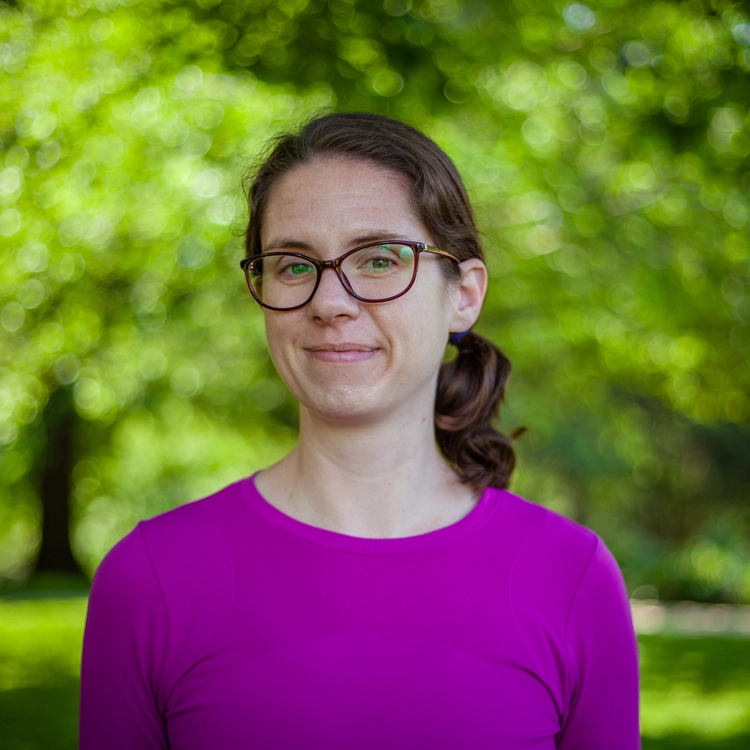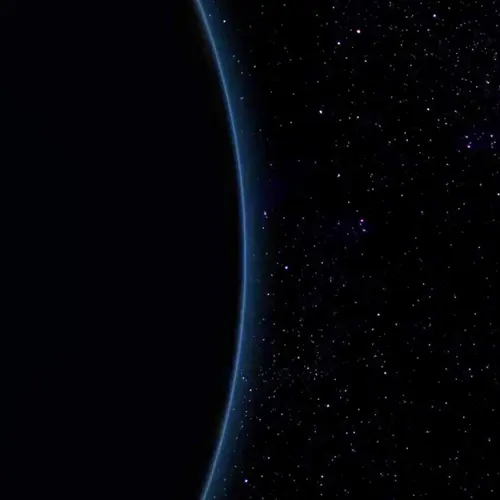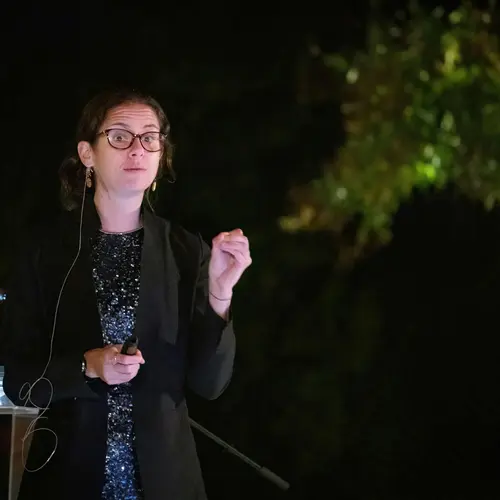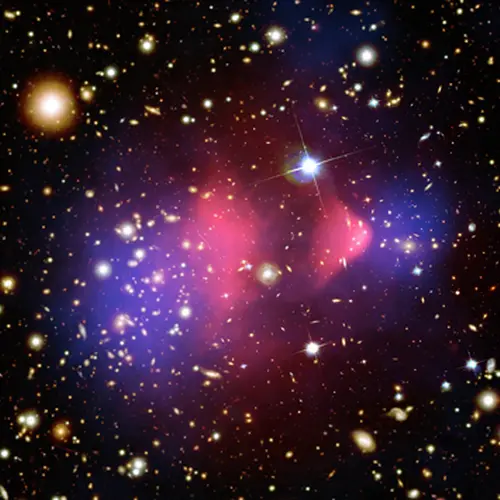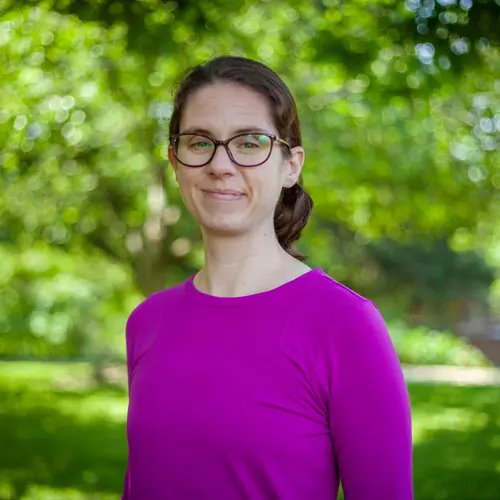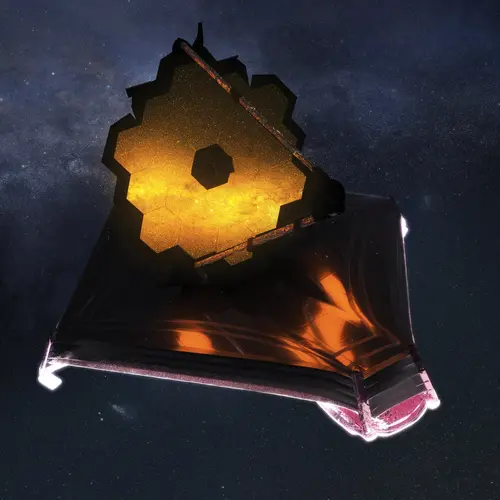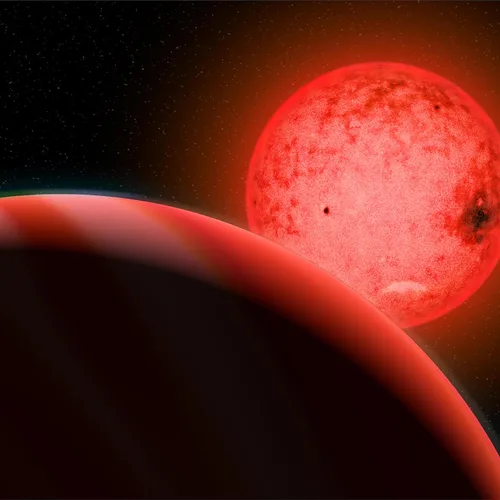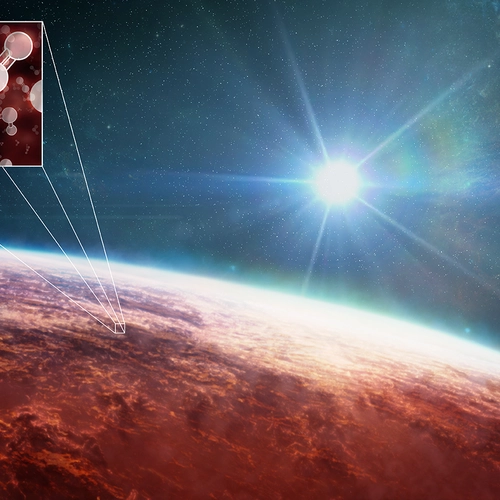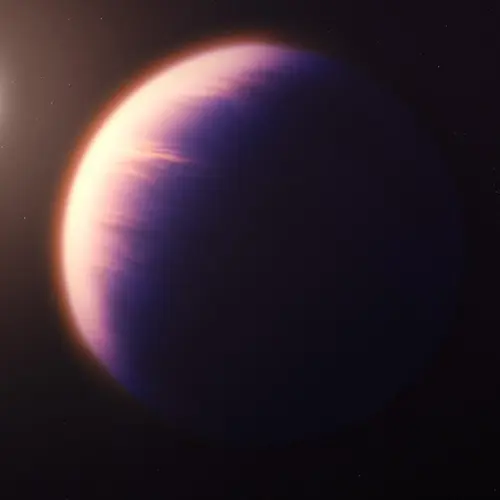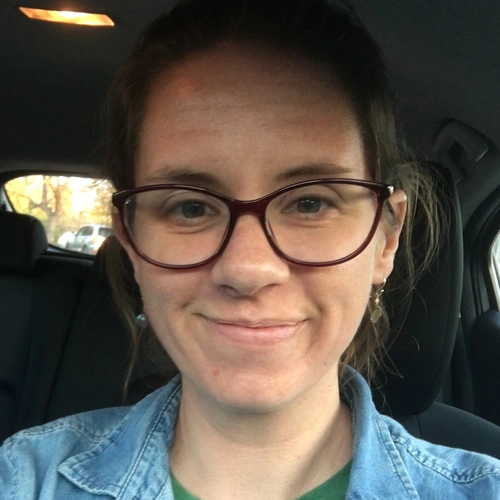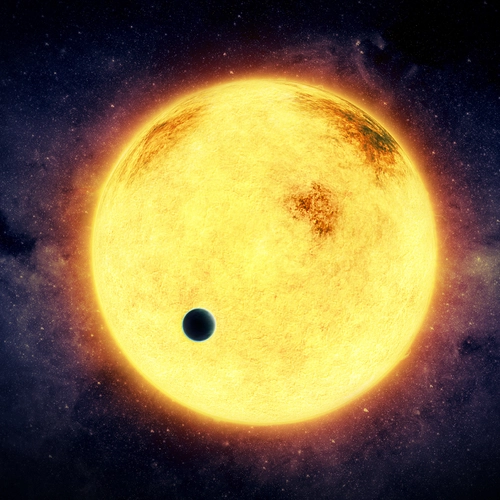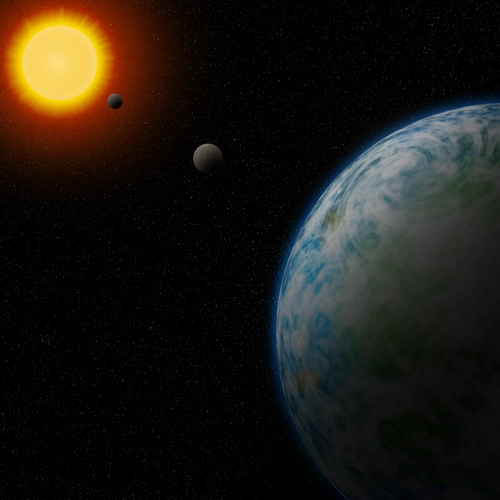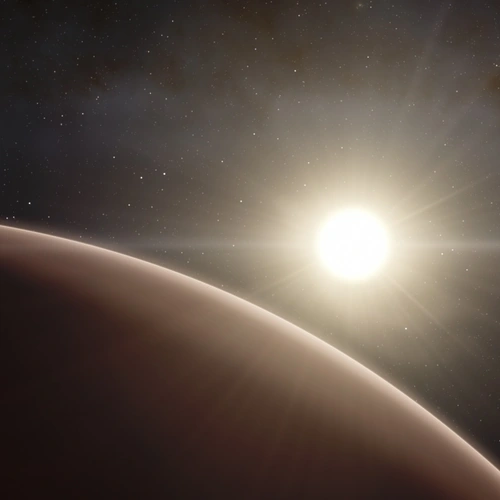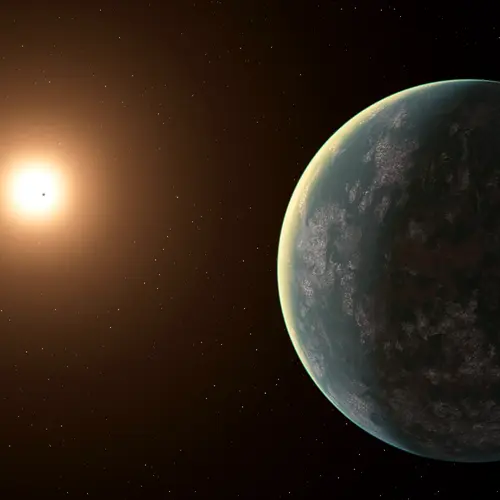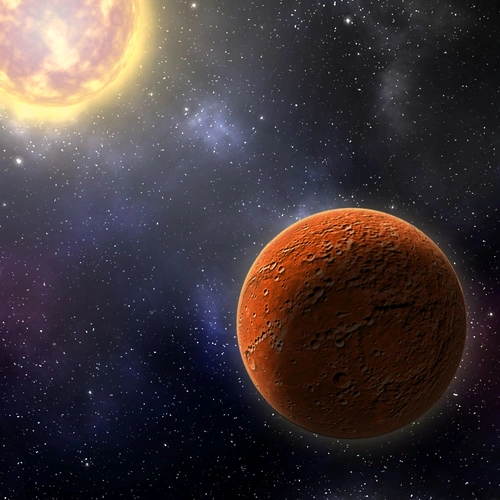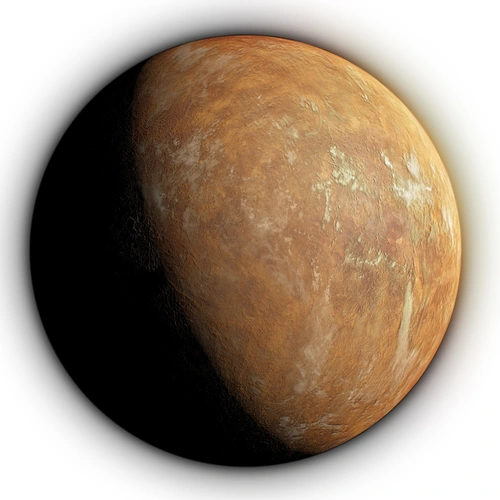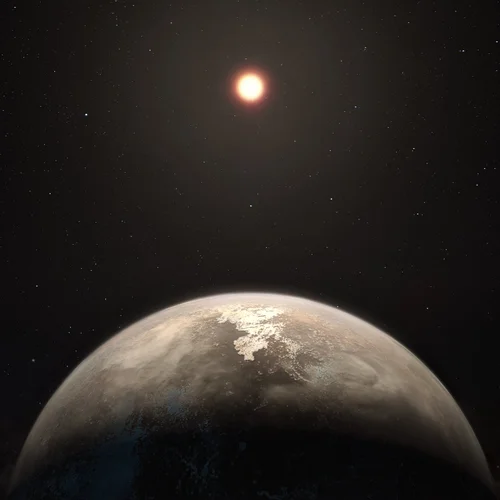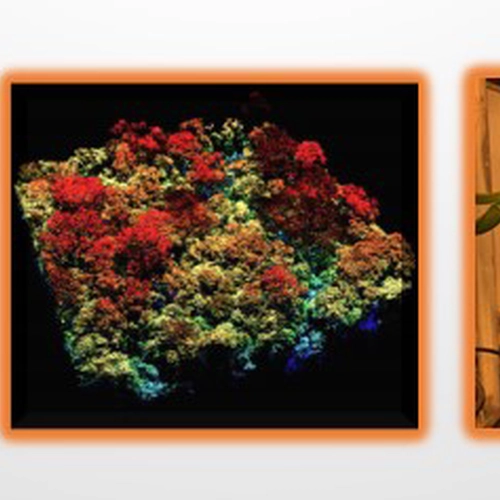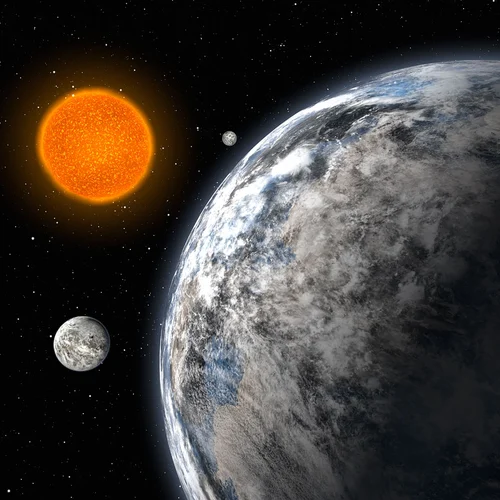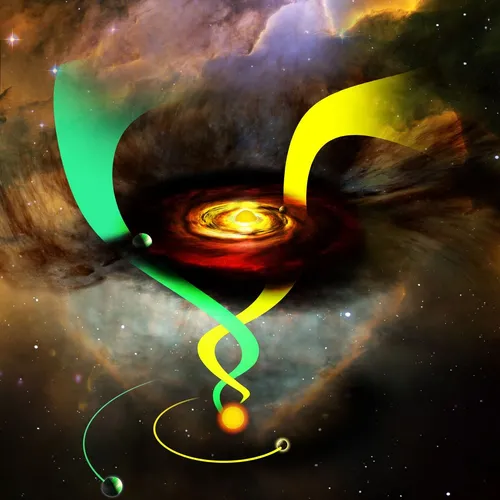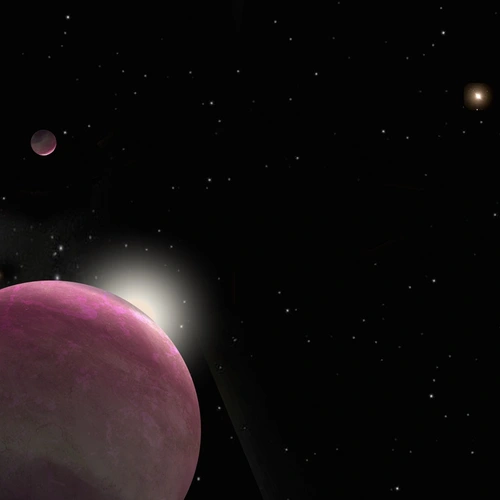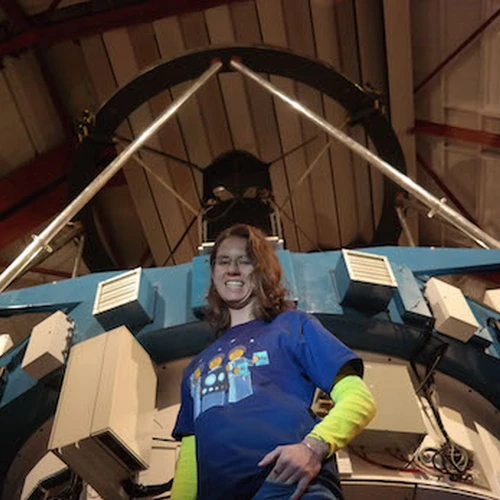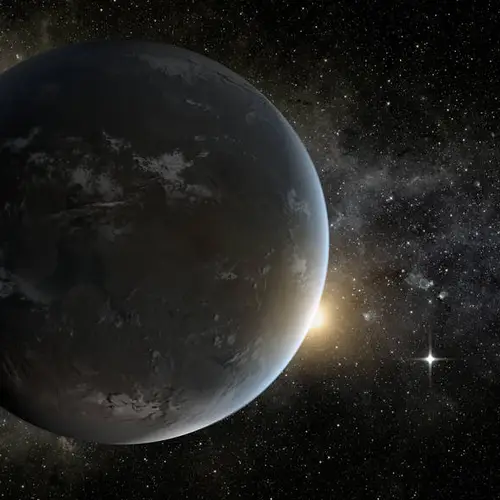Overview
Johanna Teske became the first new staff member to join Carnegie’s newly named Earth and Planets Laboratory (EPL) in Washington, D.C., on September 1, 2020. She has been a NASA Hubble Fellow at the Carnegie Observatories in Pasadena, CA, since 2018. From 2014 to 2017 she was the Carnegie Origins Postdoctoral Fellow—a joint position between Carnegie’s Department of Terrestrial Magnetism (now part of EPL) and the Carnegie Observatories.
Teske is interested in the diversity in exoplanet compositions and the origins of that diversity. She uses observations to estimate exoplanet interior and atmospheric compositions and the chemical environments of their formation via their host star compositions. She plans to join and start interdisciplinary collaborations at EPL in these areas with other staff members.
As a Carnegie postdoc, Teske joined the Planet Finder Spectrograph (PFS) team, which uses PFS on the Magellan Clay telescope to find and characterize exoplanets. PFS data capture variations in a star’s orbit (a “wobble”) caused by the gravitational tug that a planet has on the star. With collaborators, Teske started a survey of small transiting planets detected by the space-based TESS satellite, which finds dips in stellar brightness as the planet moves in front of a star. She aims to measure the planets’ masses to help unravel their compositions and formation histories.
Teske enjoys learning about and using different astronomical instruments, including high-resolution optical and near-infrared spectrographs and imagers. She hopes to work on future instrumentation for the Magellan and Giant Magellan telescopes.
Teske has received numerous honors and awards, including a NASA Exoplanets Research Program grant, two Carnegie Science Venture grants, a Carnegie Postdoctoral Innovation and Excellence Award, a NASA Keck PI Data Award, and the University of Arizona Astronomy Department Outstanding Service Award, among others. She received a B.S. in physics from the American University in Washington, DC, with Carnegie’s Alycia Weinberger serving as an advisor and a Ph.D. from the University of Arizona in astronomy.
In addition to her research, Teske is heavily involved in outreach, mentorship, and creating more inclusive environments in astronomy.
Research
Johanna Teske leads one of the largest and the first statistically-motivated surveys (the Magellan-TESS Survey, MTS) to measure the densities, system architectures, and precise host star abundances of small transiting planets.
The MTS will build a statistical sample that accounts for biases in target selection and in radial velocity observations to robustly address the question, Do super-Earth and sub-Neptune planets form along the same or different pathways? Given the prevalence of these planets and their absence (so far) in the Solar System, there is great interest in understanding how they formed and, at the smaller radius end, how "Earth-like" they may be.
Read moreJohanna Teske is a member of the Planet Finder Spectrograph (PFS) team and leads and manages the PFS observing queue within the Magellan consortium, making possible a wide variety of exoplanet science. She has also led research that touches on many aspects of exoplanet science – surveying protoplanetary disk chemistry, measuring transiting exoplanet atmospheres and masses, determining detailed host star compositions, and helping build and maintain high-resolution instruments for large telescopes.
Learn moreJohanna Teske is the co-principal investigator and will be leading the study alongside principal investigator Natasha Batalha (NASA Ames) and their team, which also includes Carnegie's Peter Gao, Anat Shahar, and Munazza Alam.
The project will use the telescope’s near-infrared spectroscopy equipment to study the light passing through the atmospheres of 11 rocky planets that have been identified by TESS (Transiting Exoplanet Survey Satellite).
Specifically, the proposal requested JWST time to observe the atmospheres of sub-Neptunes (~2-3x the size of Earth) and super-Earths (~1-2 x the size of Earth). Planets in this size range are abundant around other stars but don’t occur in our own Solar System. Teske's goal is to to constrain the relative abundances of major molecular species in their atmospheres. More information about them may provide clues to how our own planetary system formed.
NASA has allotted a whopping 142 hours of observing time for the project, by far the largest exoplanet program selected in Cycle 1 and the third largest across all selected JWST programs.
These data will facilitate tests of formation scenarios and demographic studies of small exoplanets within the same systems and as a broader population.
Learn moreJohanna Teske is part of the Sloan-funded AEThER team, an interdisciplinary group of scientists focused on understanding connections between the atmospheres of small exoplanets and the evolution of their solid interiors. The team is led by Carnegie's Anat Shahar.
Learn moreCV
- Ph.D. in Astronomy, 2014, University of Arizona, Department of Astronomy/Steward Observatory
- B.S. in Physics, American University, Department of Physics, 2008
- Hubble Fellow, Carnegie Observatories 2018-2021
- NASA-NSF Extreme Precision RV Working Group member and Survey Strategies Analysis Group lead 2019-2021
- NASA ExoPAG Executive Committee Member 2017-2020
- Carnegie Origins Postdoctoral Fellow, DTM & Carnegie Observatories 2014-2017
- University of Virginia Dept. of Astronomy Visiting Faculty 2018-19
- Astronomy Department Outstanding Service Award 2011
- National Science Foundation Graduate Research Fellowship 2008-2011
- Full Member, American Astronomical Society
Recent Publications
Media and Recorded Talks
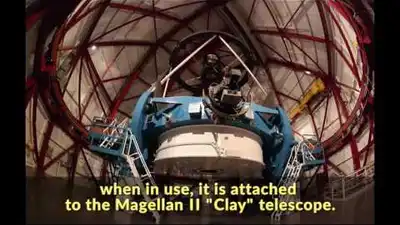
Planet Finder Spectrograph (PFS) at Las Campanas Observatory
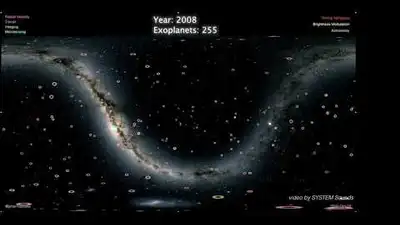
Johanna Teske - How Many Exoplanets Are There?
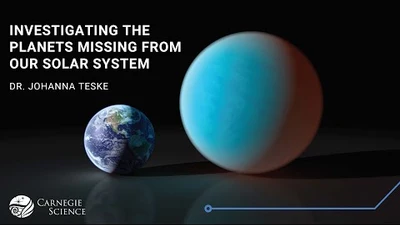
Investigating the Planets Missing From Our Solar System: A Virtual Conversation with Johanna Teske
